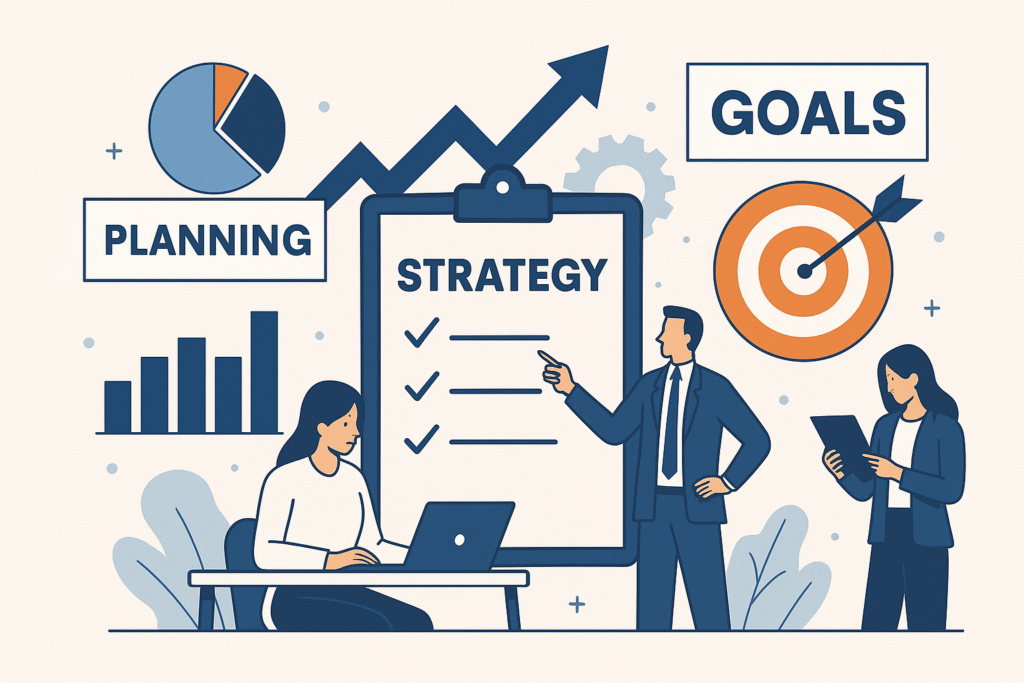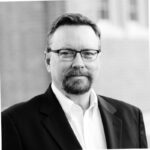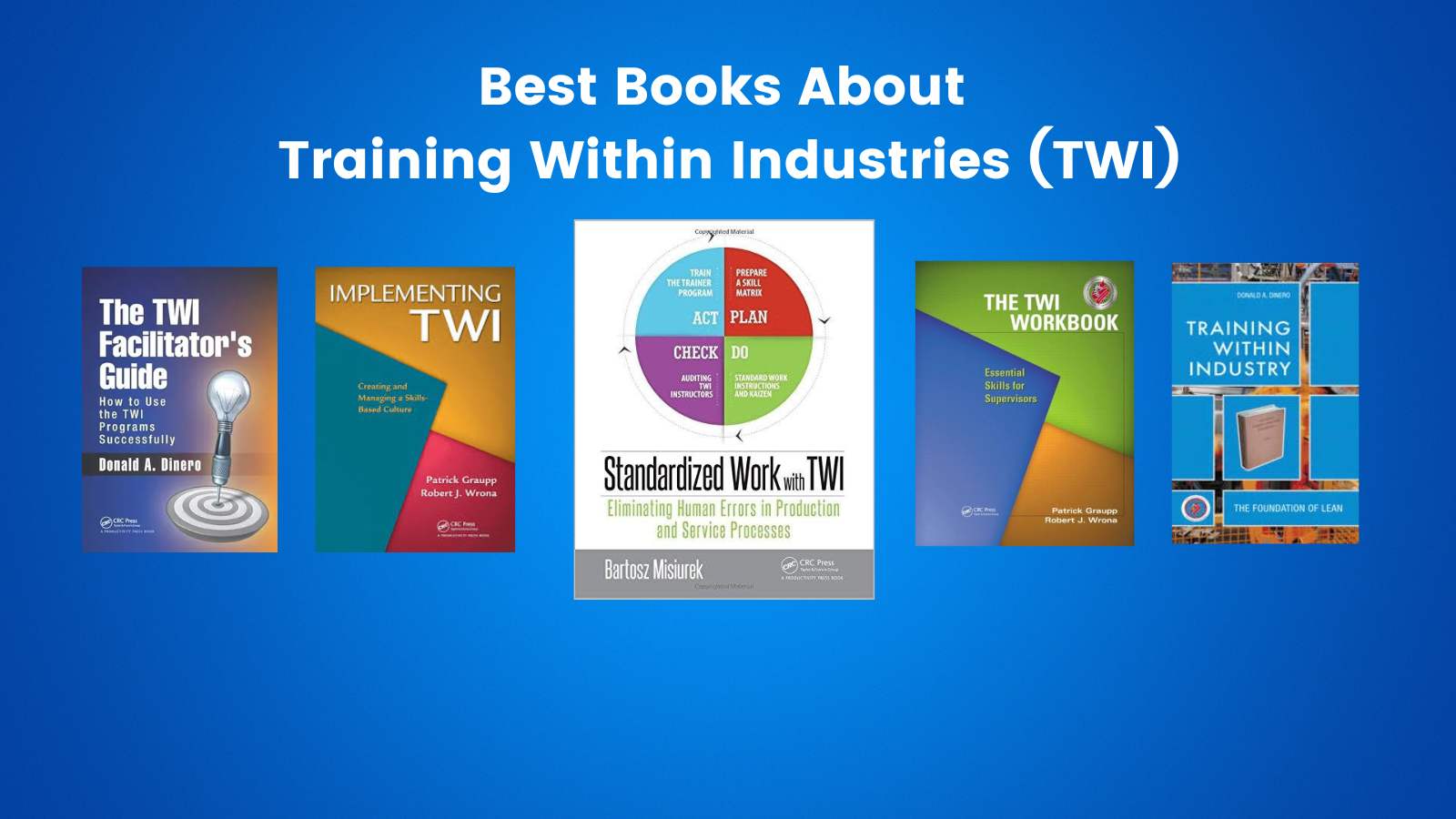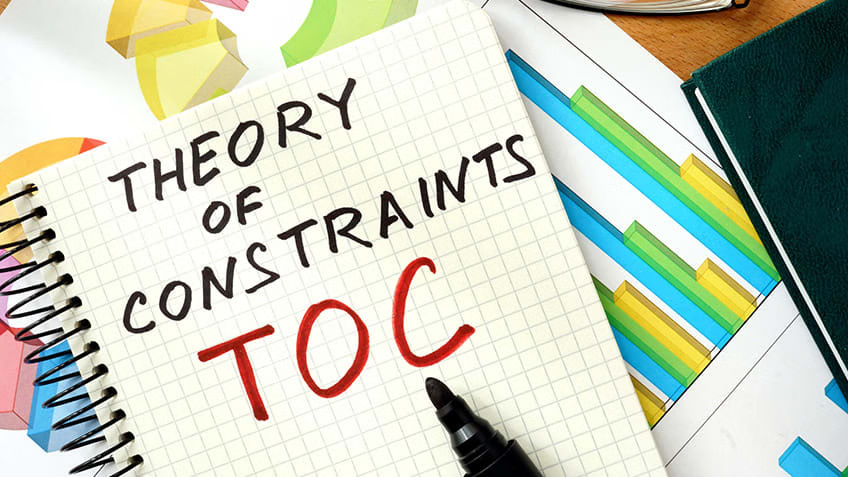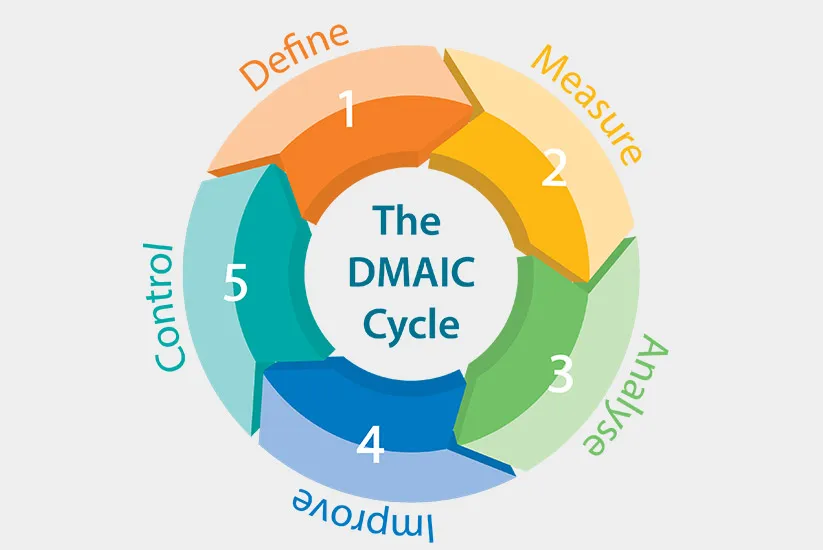Table of Contents
ToggleIntroduction: The Convergence of AI and Lean Thinking
In the past decade, few topics have dominated business discourse as much as AI and Lean thinking. Artificial intelligence promises to transform industries through advanced analytics, automation and self‑learning systems. Lean thinking, born out of the Toyota Production System, offers a proven philosophy for reducing waste, enhancing customer value and developing people. Together, AI and Lean thinking create a powerful engine for continuous improvement. This article explores how these two disciplines complement each other, why organisations should care about their convergence and how to embark on a digital‑lean transformation journey.
The Evolution of Lean Thinking
Lean thinking has its roots in post‑war Japan, when Toyota and other manufacturers sought to rebuild amid scarce resources. Instead of pushing machines and inventory, they focused on the flow of value to the customer. Over decades, Lean matured into a management philosophy centred around respect for people, elimination of waste (muda), continuous improvement (kaizen) and standardisation. Today, Lean principles are applied far beyond automotive manufacturing – in healthcare, software development, service industries and even government. At its core, Lean emphasises understanding the process, empowering frontline employees and using visual management and problem‑solving routines to drive incremental gains. These principles provide the perfect foundation upon which new technologies such as artificial intelligence can thrive.
Understanding Artificial Intelligence
Artificial intelligence is an umbrella term for computer systems that mimic human cognitive functions such as learning and problem solving. It encompasses machine learning (algorithms that learn from data), deep learning (neural networks with multiple layers), natural language processing (understanding human text and speech) and more. AI systems can recognise patterns at scales impossible for humans, detect anomalies in real time and automate complex decisions. When integrated into Lean systems, AI offers the potential to predict issues before they occur, uncover hidden waste and deliver insights to employees at the moment of need.
Why Combine AI and Lean?
Many organisations rush to deploy AI solutions without first stabilising their processes. As a result, they digitise chaos and amplify variation. Lean thinking teaches us to build stable, standardised processes and to solve root causes rather than symptoms. Once that foundation exists, AI becomes far more effective. For example, predictive maintenance algorithms work best when a machine operates under standard conditions; otherwise, the data is noisy and predictions are unreliable. Similarly, computer vision systems detect defects more accurately when operators consistently perform tasks the same way. By applying Lean first, organisations ensure that AI adds value instead of simply masking poor processes.
Conversely, AI accelerates Lean by providing better data and faster feedback loops. Machine learning models can sift through mountains of process data to identify subtle trends and correlations that human observers might miss. AI‑driven simulations can test the impact of process changes before they are implemented. Chatbots and voice assistants can guide frontline employees through standardised work, freeing supervisors to focus on coaching. As both domains mature, companies adopting AI and Lean thinking will gain a competitive advantage in speed, quality and cost.
Building a Solid Foundation
The first step in combining AI with Lean is to ensure that processes are stable and well understood. Document the current state using value stream maps and standard operating procedures. Identify sources of variation and waste using tools like cause‑and‑effect diagrams and 5 Whys. Involve the people who do the work in creating and improving the standards – their knowledge will be essential when designing AI solutions. Next, establish reliable data collection. Many Lean practitioners already use simple check sheets and visual boards; digital systems should complement rather than replace these tools. High‑quality data is the fuel that powers machine learning, so invest in sensors, barcodes and human‑friendly interfaces that capture the right information at the right moment.
Real‑World Applications of AI and Lean
Manufacturing and Predictive Maintenance
In manufacturing, predictive maintenance is one of the most common AI applications. Sensors on machines collect vibration, temperature and performance data, which feed into machine learning models to predict when a component will fail. Combined with Lean practices such as Total Productive Maintenance (TPM) and standardised work, predictive maintenance minimises unplanned downtime and reduces spare‑parts inventory. For example, a factory might use AI to anticipate bearing failure on a critical press and schedule replacement during planned maintenance. Because the process is already standardised, the prediction is accurate and the replacement is efficient.
Quality Inspection and Computer Vision
Computer vision systems can inspect parts at speeds far surpassing human inspectors while maintaining consistent accuracy. By training neural networks on images of good and defective parts, manufacturers can spot hairline cracks, surface blemishes and assembly errors in real time. Lean teams should work with AI engineers to ensure that the inspection criteria reflect customer requirements and that the technology fits seamlessly into the flow. When a defect is detected, Lean problem‑solving routines (such as A3 reports) should kick in to find the root cause and prevent recurrence.
Healthcare and Patient Flow
Hospitals and clinics are increasingly turning to AI to improve patient flow and resource allocation. Machine learning models can forecast admissions, discharges and lengths of stay based on historical data and external factors like weather or flu season. When combined with Lean value stream mapping of patient journeys, AI allows staff to anticipate bottlenecks and adjust staffing levels accordingly. Virtual nursing assistants can triage patients, answer routine questions and free up nurses to provide direct care. By fusing AI and Lean thinking, healthcare organisations can reduce wait times, improve outcomes and allocate resources more efficiently.
Supply Chain Optimisation
Supply chains are complex networks with many variables, from supplier lead times to customer demand variability. AI can analyse historical demand patterns, economic indicators and even social media sentiment to predict future orders. Lean techniques such as kanban and pull systems ensure that production responds to actual demand rather than forecasts. When AI‑driven forecasts are integrated with Lean pull systems, inventory levels can be optimised across the supply chain. In addition, AI‑powered route optimisation and dynamic scheduling reduce transportation waste and improve on‑time delivery.
Implementation Roadmap
Embarking on an AI‑enabled Lean transformation requires careful planning and cross‑functional collaboration. Here is a suggested roadmap:
- Assess readiness: Evaluate the maturity of your Lean practices and the quality of your data. Identify processes with stability and clear standards where AI can deliver quick wins.
- Secure leadership commitment: Successful transformations require visible support from executives. Leaders must champion Lean values while allocating resources for digital technologies.
- Select pilot areas: Choose a pilot that is meaningful but manageable, such as a single production line or department. Ensure that the team includes process owners, Lean practitioners and data scientists.
- Develop and test AI models: Collect relevant data, build machine learning models and validate them against real performance. Use iterative cycles to refine both the process and the algorithm.
- Integrate with standard work: Embed AI outputs into daily management routines. For example, predictive maintenance alerts should appear on a team‑leader’s visual board, and AI recommendations should be part of problem‑solving meetings.
- Scale and sustain: Once the pilot delivers results, plan a rollout to other areas. Continuously monitor performance and use kaizen events to improve both the technology and the underlying process. Remember to revisit your Lean principles regularly, as new technology can create new forms of waste.
Challenges and Considerations
While the convergence of AI and Lean offers enormous potential, organisations must navigate several challenges. Data quality is a common issue: incomplete, inconsistent or biased data will lead to unreliable models. Address this by designing robust data‑collection processes and cleaning datasets before training. Change management is another hurdle. Employees may fear job losses or distrust algorithms. Lean‑based respect for people dictates that technology should augment, not replace, human creativity. Involve frontline workers in designing AI tools and provide training so they can use insights effectively. Ethical concerns also arise. Organisations must ensure that AI is used responsibly, with transparency around decisions and respect for privacy. Finally, be wary of viewing AI as a silver bullet. Without strong Lean fundamentals, digital tools can create more complexity rather than less.
Future Outlook
The future of continuous improvement will likely be characterised by increasingly sophisticated AI technologies working hand in hand with human experts. Generative AI systems can propose process improvements, while humans evaluate feasibility and alignment with company culture. Augmented reality glasses might guide operators through standardised work while capturing live data for AI analysis. As sensors become cheaper and connectivity ubiquitous, more organisations will have access to real‑time insights. However, the enduring principles of Lean – respect for people, customer value, continuous learning – will remain the north star. Digital tools should serve these principles, not replace them.
Conclusion: A Harmonious Partnership
When approached thoughtfully, AI and Lean thinking are not competing paradigms but complementary partners. Lean provides the discipline, stability and human‑centric philosophy necessary for technology to deliver its full value. AI, in turn, unlocks new levels of visibility, prediction and optimisation that turbocharge Lean efforts. Together they help organisations navigate an increasingly complex world, delight customers and empower employees. For further exploration of Lean techniques, visit our post on TWI Job Methods – Why Are They Worth Implementing? on Lean Community. To learn more about the foundations of artificial intelligence, see the Artificial intelligence article on Wikipedia. By embracing both human wisdom and machine intelligence, leaders can build organisations that continuously learn, adapt and thrive.
Learn more about AI on Lean TWI Summit
8 years as a successful senior advisor and 18 years as an executive leader in the industry. Leadership roles: in Aerospace & Defense and Space,
Industrial (Doosan Bobcat, VP Global Ops & OpEx, John Deere, started career as a mfg engineer), and Corp Board of Director roles, 5 years.
